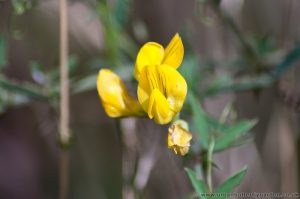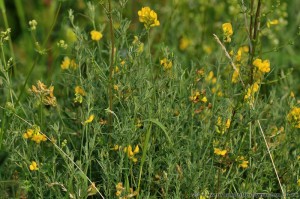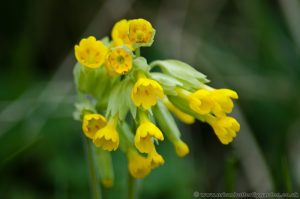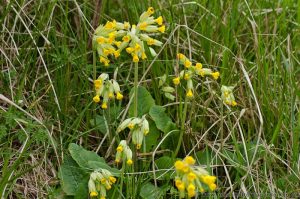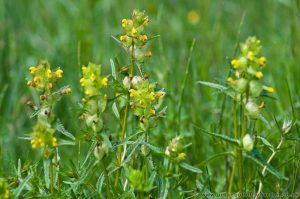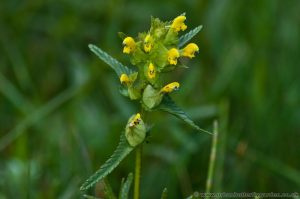Greater Birds-foot Trefoil is a yellow flowering perennial, similar in appearance to Common Birds-foot Trefoil although taller with grey-green foliage. Both wild flowers bear the distinctive pale to dark yellow flowers and long cylindrical seed pods. It is also a Laval food plant for a number of British Butterflies.
Where could I find it?
Greater Birds-foot Trefoil may be found in damp grassland and amongst grasses on edge of woodland tracks and verges.
When does it flower?
Greater Birds-foot Trefoil flowers appear June – August, on long hollow stems. They provide a nectar source for long tongued insects like Butterflies, Moths and Bees in exchange for pollination.
Plant Information
- Name: Greater Birds-foot Trefoil (Lotus uliginosus)
- Family: fabaceae (Pea Family)
- Similar in appearence to: Common Birds-foot Trefoil
- Flowering: June-August
- Height: around 50-60cm
- larval food plant: Common Blue Butterfly (Polyommatus icarus), Dingy Skipper, Wood White
- Nectar Plant to: Small Skipper, Large Skipper, Brown Argus, Common Blue.
- Photographed: 26th June 2012.
- Location: South Lincolnshire

